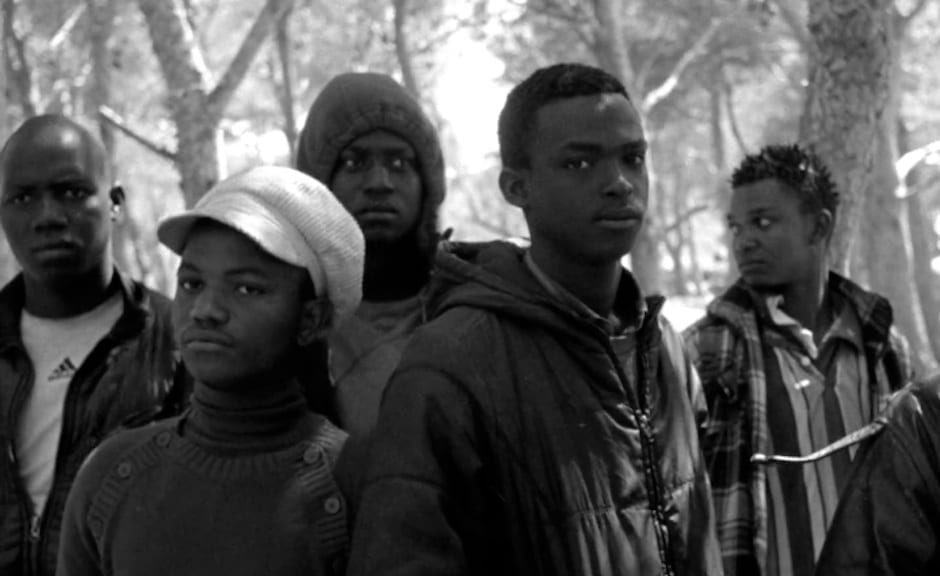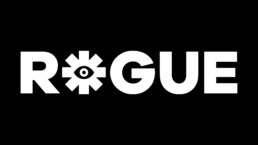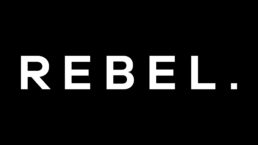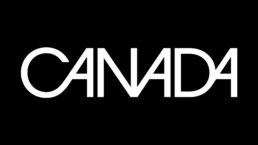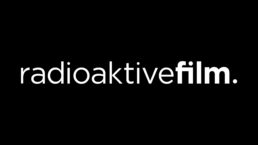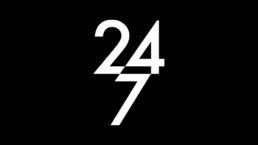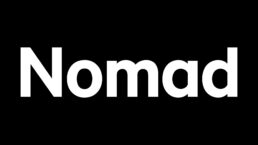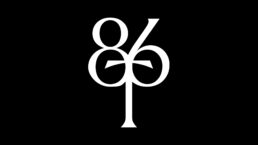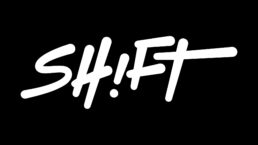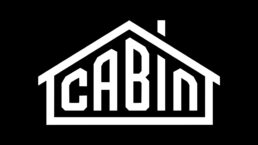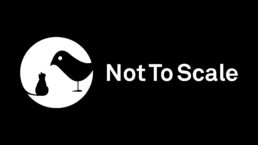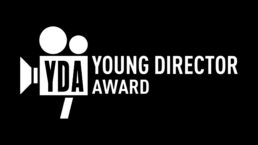Rafa could you please tell us how the project came about, how you become involved and what was your prime motivation for making the film?
Almost a year ago, I got in contact with Hector Ayuso, the director of OFFF festival Let´s Feed the Future (https://www.offf.ws/) regarding some digital artists for a job that I was pitching on, and a few weeks later he asked me to give a conference at this year’s festival. I told him that I was not the right person.
In February he asked me to make a short film for the first edition of an online magazine called The Poool. I said ‘why not’, it was an opportunity to do something out of normal advertising and with freedom! The first thing that came to my mind was to do something in film, the opposite to digital. I talked with the director Mireia Pujol and she was happy to participate in a free film.
As OFFF was talking about the future we discussed with Mireia the idea about people who have no future – people from countries in Africa that have been trying to get to Spain or Italy, many of them die. We talked with Mireia about filming in Melilla and we talked about the barrier… that is a place made by the devil.
What a shocking and mesmerising opening to the film. Where and how did you obtain the archive material?
You wouldn’t believe this. When Mireia started to work deeply with the idea, she saw some images in an online magazine, so we called them and they told us that they got them from the police! When we went to Melilla with Mireia for the first time we asked the police if they had footage, they showed us a lot, we selected some and we gave them a USB. We couldn’t believe it, that we had the film in our hands just like that.
What was behind your decision to shoot in black and white and on 16mm?
Well the idea to shoot in film you know already, but to do it black and white, was because Mireia likes black and white, and secondly because it is mainly a way to give a look that seems old. We know that these images could happen 50, 100, 200 years ago. And they will look the same as now.
The pacing of the film shows the bigger picture of the migrants’ plight while close-up portraits allow us to absorb the individual stories. Did you storyboard and plan the layout of the film before shooting or did the style of the documentary emerge throughout the production?
Both these things. We knew that we should shoot in the mountain in Morocco where they hide themselves, and we knew that we should shoot the fence – Mireia wanted to film some people jumping the fence and to get a testimony from them.
But unpredictable things happened. One of them was the jump of the fence. We were lucky as those people were with us in the mountain in the morning and in the evening they were there in front of us, but we didn’t recognize them until the next day when we interviewed them and they told us that they remembered us in the mountain.
And the boy that was talking with his mother – he asked us if we could help him, because he did not have money and he did not talk with his family for a long time, like two years. In the film there is only one but we helped two more, the third one, when he give me back the telephone told me that his father wanted to talk with me. And he thanked me to help his son, it was really a shock.
All of them spoke in French, which we are not good at, but a photographer who was helping us knew enough to make him understand enough, so we knew more or less what they where talking about, but it was quite difficult for French people to translate to Spanish afterwards for the subtitles. This meant that we could not understand the speech in depth. And the boy who was talking with his mother talked in Djuda, an African language… We asked them only one question: to explain their feelings after the jump. There were many surprises when we had the translation, really a big shock, like the one with the black jacket in the forest, talking about his fears.
What were the main challenges of the production and how did you overcome them?
The main issue was to pass the camera and ourselves in Morocco and not get stopped by the police because shooting film is not allowed in Morocco… I can’t explain you more…
